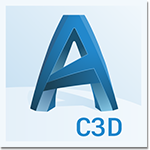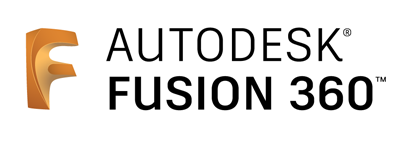
Description
LLP "INFARS-Kazakhstan" is a reliable supplier of integrated solutions for the design organizations in Kazakhstan.
Our company is part of the "INFARS» Group (Russia's largest system integrator in the field of computer-aided design systems, document management and geographic information systems).
Supplied products
Partnership with vendors
Vendor | Partner status | Country | Partner types |
|---|---|---|---|
| Autodesk |










